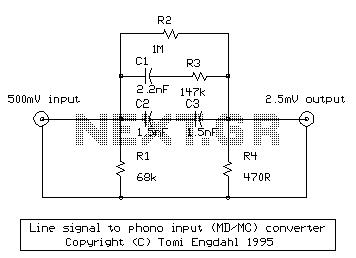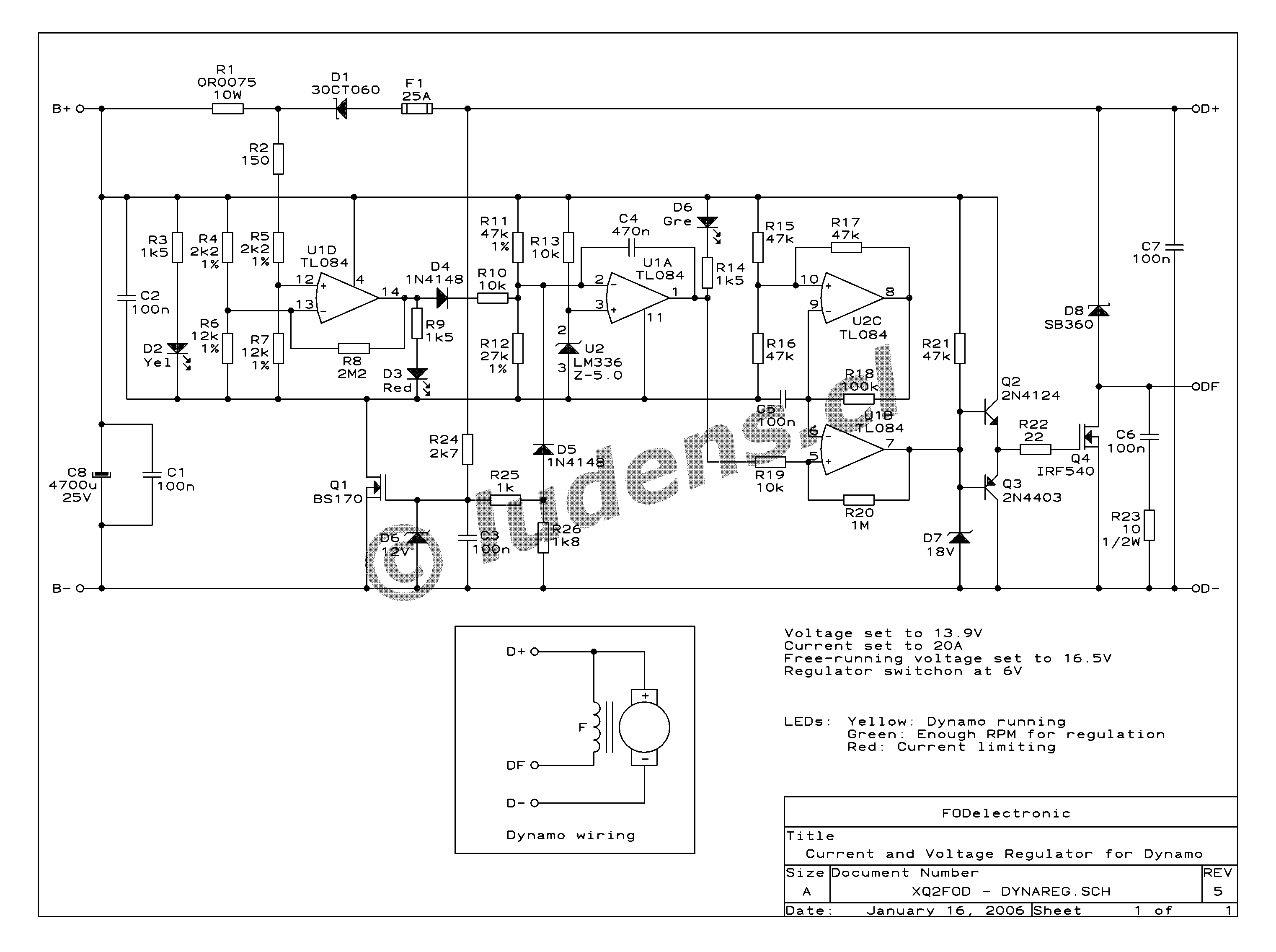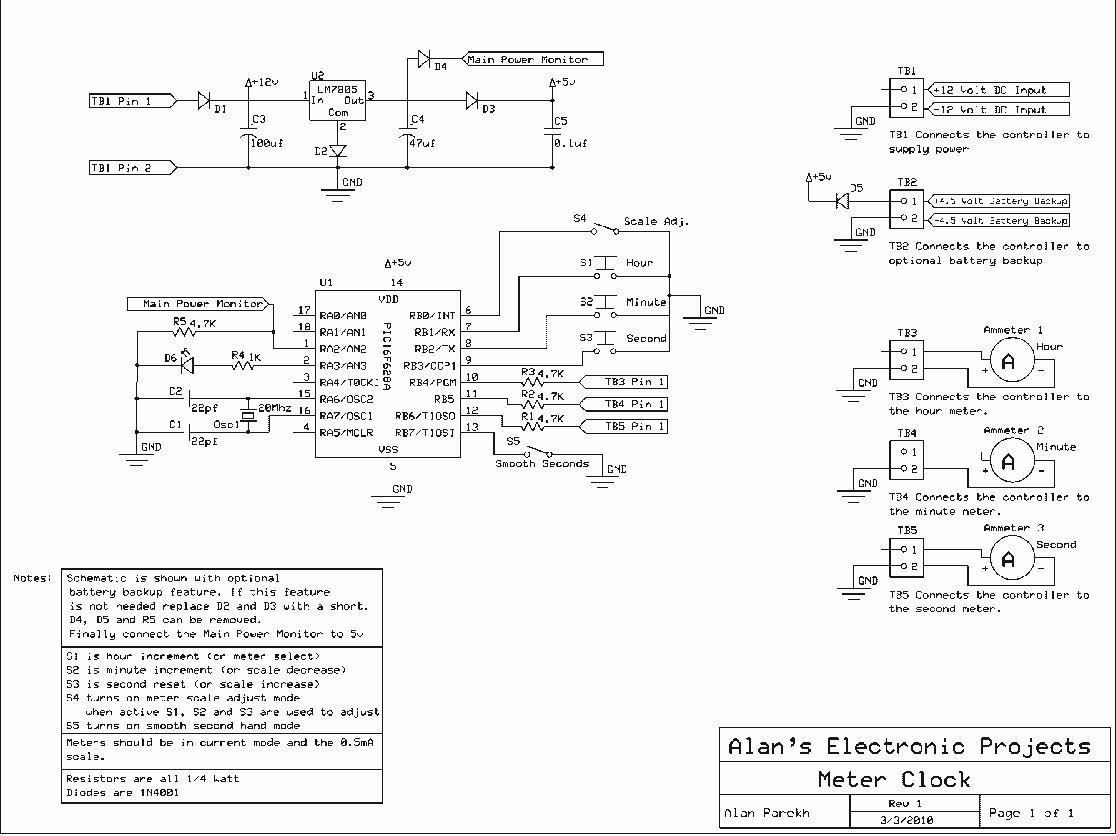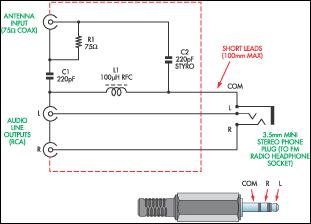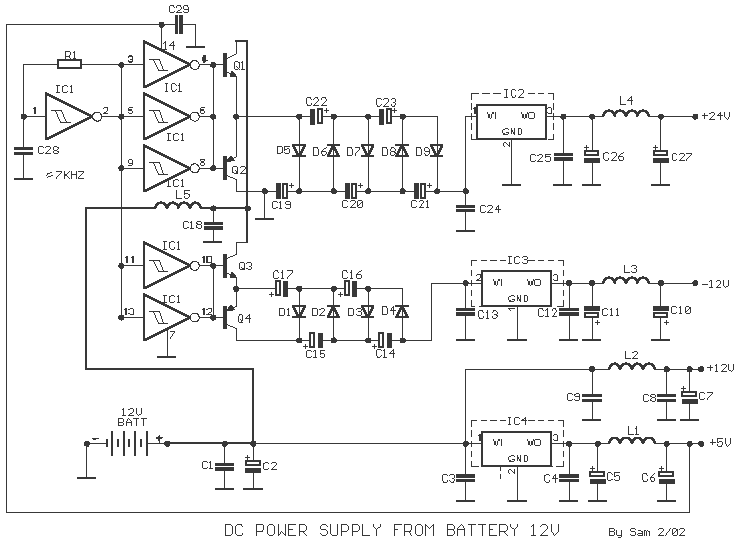
µCurrent Adaptor for multimeters
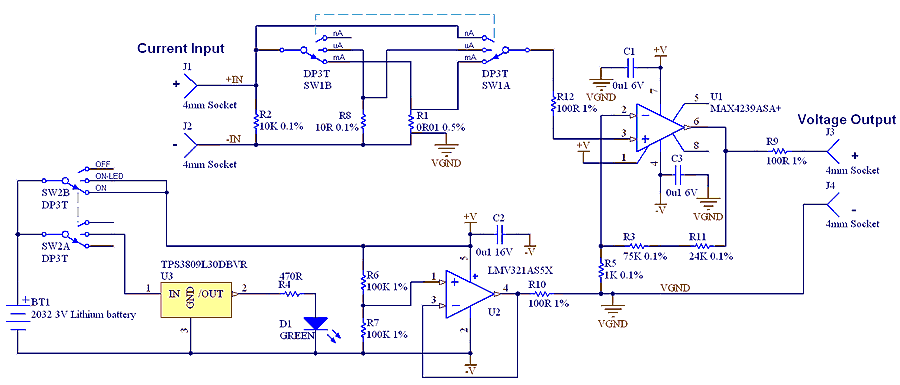
The µCurrent is in many cases also able to improve upon your meters current range accuracy by using your meters more accurate mVDC or mVAC voltage ranges instead to display the DC or AC current. With AC the frequency response extends flat up to 10KHz, but THD increases substantially above 2KHz. Still a very respectable AC response range, surpassing that of many meters on current and voltage ranges. Typical accuracy of the µCurrent itself is better than 0.2% on the µA and nA ranges, and 0.5% or better on the mA range. Unfortunately it is not easy to obtain a 0.1% precision shunt resistor for the mA range, as the 10 milliohm value is too low. The heart of the design is U1, a Maxim MAX4239, a special ultra-low offset/drift, low noise precision amplifier. Whew, what a mouthful! As the name suggests, it’s a pretty high spec device. The key figure in this application is the near-zero offset voltage. And not just low offset like many precision op-amps, this one has almost no practical offset voltage at all. 0.1uV typical, with a maximum figure of 2.5uV over the entire temperature range, if you want to know the actual numbers.
Specifications
3 Current ranges:
+/- 0-300mA (70µV / mA burden voltage typical)
+/- 0-1000µA (10µV / uA burden voltage)
+/- 0-1000nA (10µV / nA burden voltage)
Output Voltage Units:
1mV/mA
1mV/µA
1mV/nA
Resolution (nA range): 100pA (3.5digit meter), 10pA (4.5 digit meter)
Accuracy (typical): <0.2% on µA and nA ranges, <0.5% on mA range.
Output Offset Voltage: Negligible on 4.5 digit meter
Bandwidth: 2KHz nominal (+/-0.1dB)
Temperature Drift: Insignificant over normal ambient range
Noise: < -90dBV
THD: < -60dB
Battery: CR2032 Lithium coin cell
Battery Life: >200 hours (LED OFF), >50 hours (LED ON)
The µCurrent device utilizes a precision measurement technique to enhance the accuracy of current measurements by leveraging the voltage ranges of standard multimeters. It achieves this by converting current measurements into voltage readings, which are then interpreted by the multimeter. The device operates effectively in both DC and AC modes, providing a frequency response that remains stable up to 10 kHz, although total harmonic distortion (THD) may increase beyond 2 kHz.
At the core of the µCurrent is the Maxim MAX4239 operational amplifier, known for its ultra-low offset voltage characteristics. This amplifier is critical for maintaining measurement accuracy, as it minimizes errors caused by voltage offsets. With a typical offset voltage of 0.1 µV and a maximum of 2.5 µV across a wide temperature range, the MAX4239 ensures that the µCurrent can deliver precise readings.
The µCurrent is designed to measure current across three distinct ranges: ±300 mA, ±1000 µA, and ±1000 nA, with corresponding burden voltages of 70 µV/mA, 10 µV/µA, and 10 µV/nA, respectively. The output voltage is linearly scaled to reflect the current being measured, with 1 mV output for each mA, µA, or nA of current. The device's resolution is particularly noteworthy in the nA range, where it can achieve a resolution of 100 pA with a 3.5-digit meter and 10 pA with a 4.5-digit meter.
In terms of accuracy, the µCurrent exhibits a typical performance of less than 0.2% for the µA and nA ranges, and less than 0.5% for the mA range. The output offset voltage is negligible when used with a 4.5-digit meter, further contributing to the overall measurement fidelity. The bandwidth is nominally set at 2 kHz, with minimal temperature drift and low noise levels measured at less than -90 dBV. The total harmonic distortion is maintained below -60 dB, ensuring clean signal integrity.
Powering the µCurrent is a CR2032 lithium coin cell battery, which provides an extended battery life of over 200 hours when the LED indicator is off, and over 50 hours when the LED is activated. This design consideration allows for prolonged usage in field applications without frequent battery replacements. Overall, the µCurrent represents a sophisticated tool for enhancing current measurement accuracy in various electronic applications.The µCurrent is in many cases also able to improve upon your meters current range accuracy by using your meters more accurate mVDC or mVAC voltage ranges instead to display the DC or AC current. With AC the frequency response extends flat up to 10KHz, but THD increases substantially above 2KHz. Still a very respectable AC response range, surpassing that of many meters on current and voltage ranges.
Typical accuracy of the µCurrent itself is better than 0.2% on the µA and nA ranges, and 0.5% or better on the mA range. Unfortunately it is not easy to obtain a 0.1% precision shunt resistor for the mA range, as the 10 milliohm value is too low.
The heart of the design is U1, a Maxim MAX4239, a special ultra-low offset/drift, low noise precision amplifier”. Whew, what a mouthful! As the name suggests, it’s a pretty high spec device. The key figure in this application is the nearzero offset voltage. And not just low offset” like many precision op-amps, this one has almost no practical offset voltage at all.
0.1uV typical, with a maximum figure of 2.5uV over the entire temperature range, if you want to know the actual numbers. Specifications 3 Current ranges: +/- 0-300mA (70µV / mA burden voltage typical) +/- 0-1000µA (10µV / uA burden voltage) +/- 0-1000nA (10µV / nA burden voltage) Output Voltage Units: 1mV/mA 1mV/µA 1mV/nA Resolution (nA range): 100pA (3.5digit meter), 10pA (4.5 digit meter) Accuracy (typical): <0.2% on µA and nA ranges, <0.5% on mA range.
Output Offset Voltage: Negligible on 4.5 digit meter Bandwidth: 2KHz nominal (+/-0.1dB) Temperature Drift: Insignificant over normal ambient range Noise: < -90dBV THD: < -60dB Battery: CR2032 Lithium coin cell Battery Life: >200 hours (LED OFF), >50 hours (LED ON) 🔗 External reference
Specifications
3 Current ranges:
+/- 0-300mA (70µV / mA burden voltage typical)
+/- 0-1000µA (10µV / uA burden voltage)
+/- 0-1000nA (10µV / nA burden voltage)
Output Voltage Units:
1mV/mA
1mV/µA
1mV/nA
Resolution (nA range): 100pA (3.5digit meter), 10pA (4.5 digit meter)
Accuracy (typical): <0.2% on µA and nA ranges, <0.5% on mA range.
Output Offset Voltage: Negligible on 4.5 digit meter
Bandwidth: 2KHz nominal (+/-0.1dB)
Temperature Drift: Insignificant over normal ambient range
Noise: < -90dBV
THD: < -60dB
Battery: CR2032 Lithium coin cell
Battery Life: >200 hours (LED OFF), >50 hours (LED ON)
The µCurrent device utilizes a precision measurement technique to enhance the accuracy of current measurements by leveraging the voltage ranges of standard multimeters. It achieves this by converting current measurements into voltage readings, which are then interpreted by the multimeter. The device operates effectively in both DC and AC modes, providing a frequency response that remains stable up to 10 kHz, although total harmonic distortion (THD) may increase beyond 2 kHz.
At the core of the µCurrent is the Maxim MAX4239 operational amplifier, known for its ultra-low offset voltage characteristics. This amplifier is critical for maintaining measurement accuracy, as it minimizes errors caused by voltage offsets. With a typical offset voltage of 0.1 µV and a maximum of 2.5 µV across a wide temperature range, the MAX4239 ensures that the µCurrent can deliver precise readings.
The µCurrent is designed to measure current across three distinct ranges: ±300 mA, ±1000 µA, and ±1000 nA, with corresponding burden voltages of 70 µV/mA, 10 µV/µA, and 10 µV/nA, respectively. The output voltage is linearly scaled to reflect the current being measured, with 1 mV output for each mA, µA, or nA of current. The device's resolution is particularly noteworthy in the nA range, where it can achieve a resolution of 100 pA with a 3.5-digit meter and 10 pA with a 4.5-digit meter.
In terms of accuracy, the µCurrent exhibits a typical performance of less than 0.2% for the µA and nA ranges, and less than 0.5% for the mA range. The output offset voltage is negligible when used with a 4.5-digit meter, further contributing to the overall measurement fidelity. The bandwidth is nominally set at 2 kHz, with minimal temperature drift and low noise levels measured at less than -90 dBV. The total harmonic distortion is maintained below -60 dB, ensuring clean signal integrity.
Powering the µCurrent is a CR2032 lithium coin cell battery, which provides an extended battery life of over 200 hours when the LED indicator is off, and over 50 hours when the LED is activated. This design consideration allows for prolonged usage in field applications without frequent battery replacements. Overall, the µCurrent represents a sophisticated tool for enhancing current measurement accuracy in various electronic applications.The µCurrent is in many cases also able to improve upon your meters current range accuracy by using your meters more accurate mVDC or mVAC voltage ranges instead to display the DC or AC current. With AC the frequency response extends flat up to 10KHz, but THD increases substantially above 2KHz. Still a very respectable AC response range, surpassing that of many meters on current and voltage ranges.
Typical accuracy of the µCurrent itself is better than 0.2% on the µA and nA ranges, and 0.5% or better on the mA range. Unfortunately it is not easy to obtain a 0.1% precision shunt resistor for the mA range, as the 10 milliohm value is too low.
The heart of the design is U1, a Maxim MAX4239, a special ultra-low offset/drift, low noise precision amplifier”. Whew, what a mouthful! As the name suggests, it’s a pretty high spec device. The key figure in this application is the nearzero offset voltage. And not just low offset” like many precision op-amps, this one has almost no practical offset voltage at all.
0.1uV typical, with a maximum figure of 2.5uV over the entire temperature range, if you want to know the actual numbers. Specifications 3 Current ranges: +/- 0-300mA (70µV / mA burden voltage typical) +/- 0-1000µA (10µV / uA burden voltage) +/- 0-1000nA (10µV / nA burden voltage) Output Voltage Units: 1mV/mA 1mV/µA 1mV/nA Resolution (nA range): 100pA (3.5digit meter), 10pA (4.5 digit meter) Accuracy (typical): <0.2% on µA and nA ranges, <0.5% on mA range.
Output Offset Voltage: Negligible on 4.5 digit meter Bandwidth: 2KHz nominal (+/-0.1dB) Temperature Drift: Insignificant over normal ambient range Noise: < -90dBV THD: < -60dB Battery: CR2032 Lithium coin cell Battery Life: >200 hours (LED OFF), >50 hours (LED ON) 🔗 External reference
